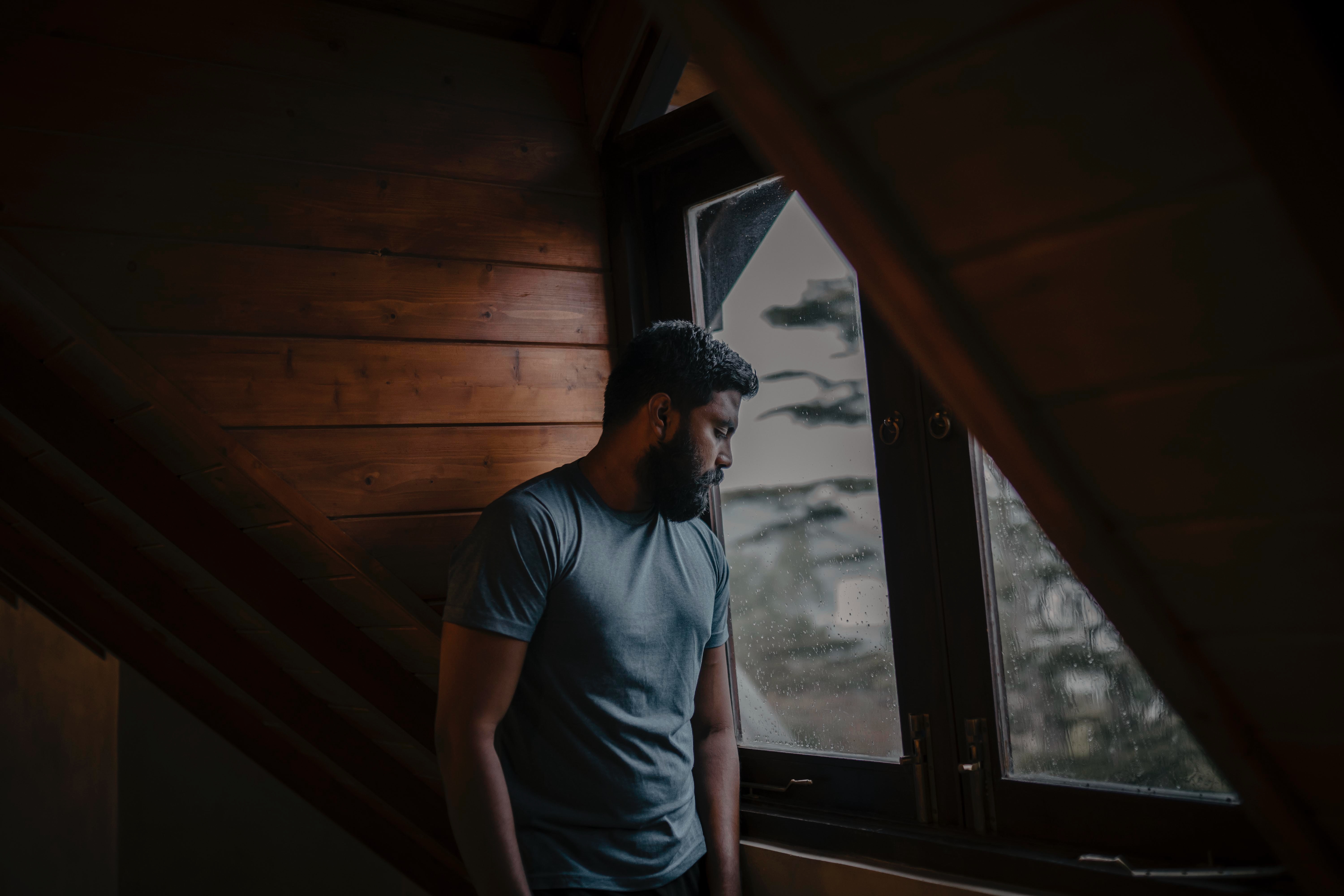Nearly 4 in 10 Americans Experience Declining Mood in Winter, APA Poll Finds

Written By Bobby R. Nix, M.D.
As the weather begins to change, and daylight hours begin to wane, many people can begin to experience the symptoms of Seasonal Affective Disorder (SAD), a type of depression commonly associated with the winter months. The American Psychiatric Association’s (APA) Healthy Minds Monthly poll found that declining mood can affect 38% of Americans during winter.
The APA tracks mental health issues throughout the year with Healthy Minds Monthly, and for November they polled 2,211 adults about the state of their mental health during the winter months.
Of those polled, 2/3 of participants noted behavioral changes during winter, with 1 in 5 individuals reporting moodiness and a lose of interest in the things they usually like to do. One-third of respondents reported that they typically sleep more during the winter months, and many also reported overall difficulty sleeping and more fatigue. As many might expect over the holidays, 19% said they eat more sweets in the winter months.
The cold and dark weather can have a significant impact on mood. Rates of Seasonal Affective Disorder increase across the U.S. the further north you go, with Alaska having the highest rates. It has also been shown to effect individuals more who live in rural areas compared to those who live in urban or suburban areas.
While the specific cause of Seasonal Affective Disorder is still unknown, we do know several factors that may contribute. The decrease in sunlight over fall and winter can disrupt the body’s internal clock, leading to feelings of depression. The reduced levels of sunlight can also cause a drop in serotonin, a neurotransmitter that affects mood, and may play a role in SAD. Seasonal changes can also lead to changes in the body’s levels of melatonin, which play a role in sleep patterns and mood.
SAD is more than just winter blues or moodiness; it is a medical condition that is very treatable. If you are depressed over the winter months, or experiencing anhedonia, sluggishness, sleep difficulties, or difficulty concentrating, you may be suffering from Seasonal Affective Disorder. If you or someone you know is suffering from these symptoms please reach out to your physician.
To diagnose SAD, your physician may conduct a physical exam, ask questions regarding your health, or request lab work. In some cases, physical health problems may be a contributing factor to depression. To evaluate for depression, your health care provider or mental health professional may ask questions regarding your recent mood and behavior or ask that you complete a questionnaire.
Treatment for seasonal affective disorder may include psychotherapy, medications or light therapy. Light therapy, or phototherapy, helps reduce the debilitating and depressive behaviors of SAD. Light therapy is preferred over antidepressants in the treatment of SAD because it is a relatively safe and easy therapy.
Spreading awareness of Seasonal Affective Disorder is important as the poll also found that only about half of participants reported having heard or read about SAD.